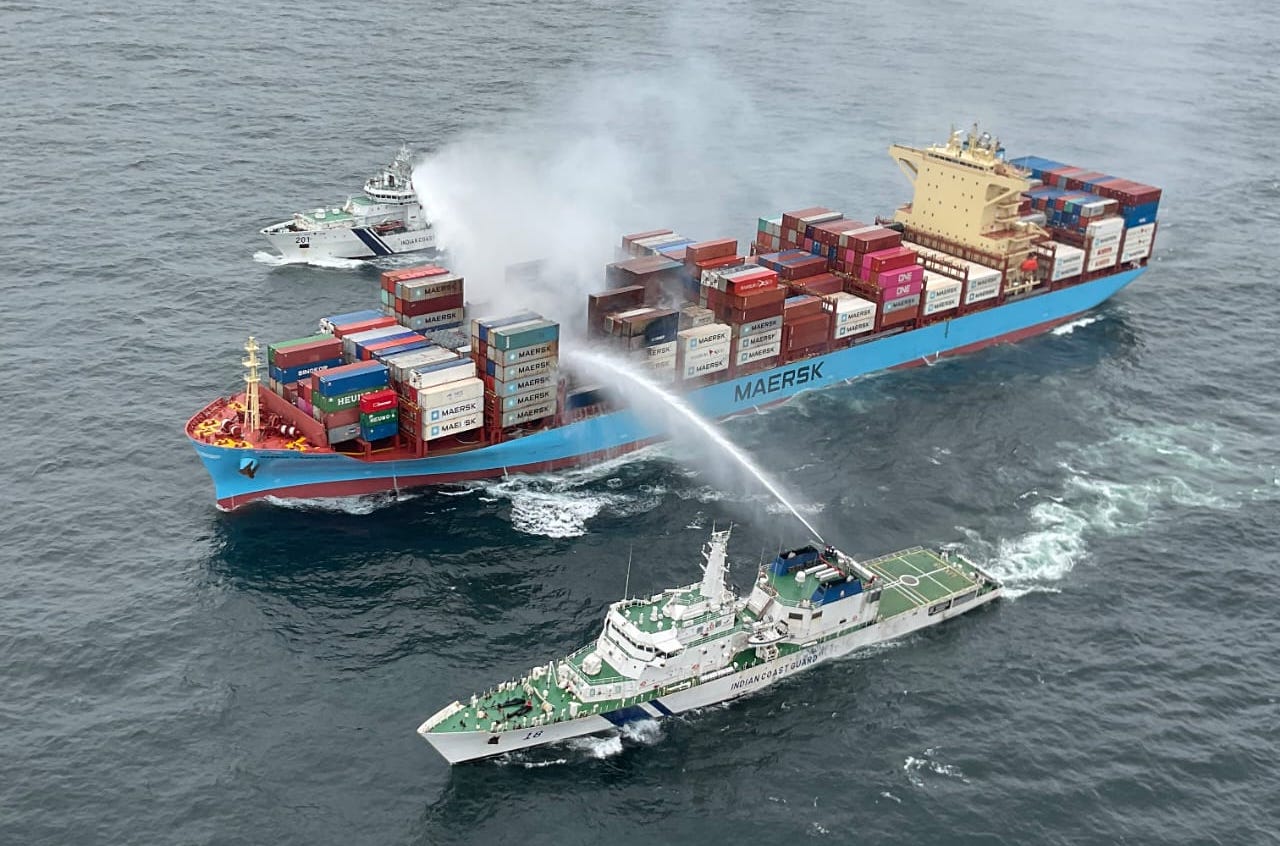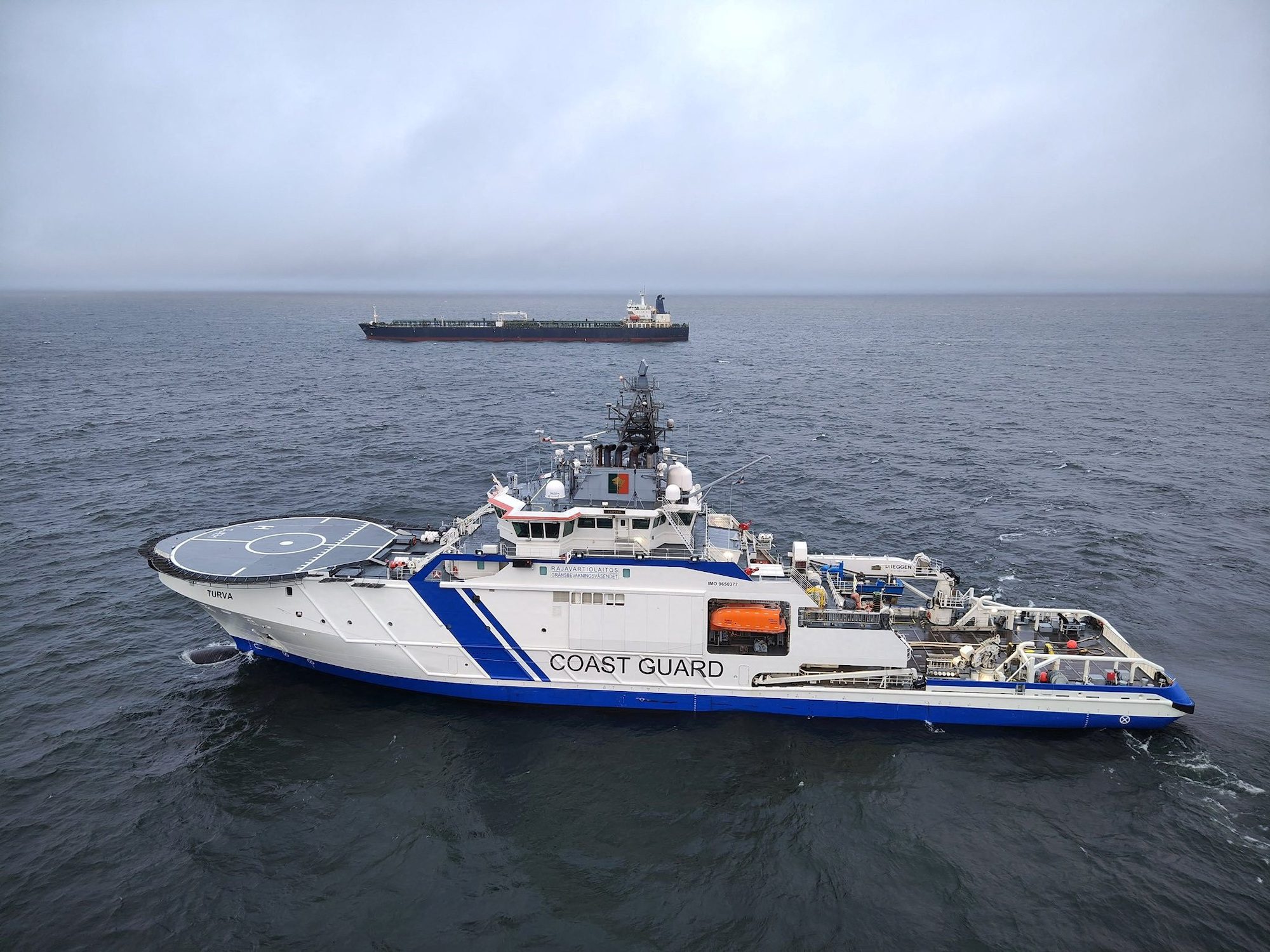Scaled-back from earlier proposals, the final USTR plan softens fee levels and offers exemptions and incentives, aiming to curb Chinese dominance without crippling global trade flows.
The U.S. Trade Representative (USTR) announced today a comprehensive plan to challenge China’s dominance in maritime sectors and boost American shipbuilding through a targeted fee structure on Chinese vessels and operators.
“Ships and shipping are vital to American economic security and the free flow of commerce,” said U.S. Trade Representative, Ambassador Jamieson Greer. “The administration’s actions will begin to reverse Chinese dominance, address threats to the U.S. supply chain, and send a demand signal for U.S.-built ships.”
The action plan, developed following a year-long Section 301 investigation and extensive public consultation that included an open comment period and two public hearings, will be implemented in two distinct phases.
Phase 1
The first phase begins with a 180-day grace period during which no fees will be charged. Afterwards, the USTR will implement fees on Chinese vessel owners and operators based on net tonnage of vessel capacity per U.S. voyage. The fee basis will be $50 per net ton, increasing annually over 3 years in $30 increments each year, to $140 per net ton in 2028. The fee will be assessed on the first point of entry per rotation/string, and is capped at five assessed fees per year.
The fees will also be applicable on a “non-discriminatory basis,” meaning fees will also apply to operators using Chinese-built vessels, regardless of the operator’s nationality, at a lower rate. For example, for non-Chinese operators of China-built ships, fees will be assessed at a rate of $18 per net ton or $120 per discharged container, whichever is higher. Rates will also increase incrementally by $5 per net ton until 2028, maxing out at $33 per net ton or $250 per container discharged. This fee will also be charged up to five times per year, per vessel.
While USTR considered applying further penalties to operators based on fleet composition or prospective Chinese ship orders, those proposals were dropped after receiving strong opposition from U.S. exporters and logistics providers.
The first phase also includes a phased service fee targeting foreign-built vehicle carriers, assessed based on a vessel’s Car Equivalent Unit (CEU) capacity. After the 180-day grace period, the fee will be set at $150 per CEU.
Exemptions and Cap
The USTR has also established key exemptions for U.S.-owned vessels, vessels enrolled in U.S. Maritime Administration programs, smaller vessels, ships in ballast, short sea shipping trades, and certain specialized export vessels. Additionally, individual vessels will face a cap of five assessed fees per year. The fees will also only be applied at first U.S. port of entry per rotation/string of calls.
Notably, the final action plan excludes previously proposed measures such as the $1M-$1.5M flat per port entry fees for operators with high shares of Chinese-built vessels and fees based on future orders of Chinese-built ships, as well as stocked fees.
Phase 2
Phase two of the trade action will focus on the LNG sector, requiring a portion of U.S. LNG exports to use U.S.-built vessels, starting April 17, 2028. However, the requirement will phase in over 22 years to give industry time to adjust as the U.S. currently lacks the LNG shipbuilding capacity and expertise.
In response to industry feedback, the USTR has made significant modifications to the original proposal. The revised plan includes a fee assessment system based on port rotation rather than individual port calls, aimed at protecting smaller U.S. ports from disproportionate impacts.
A notable feature of the final determination is the fee remission pathway, offering operators a temporary suspension of service fees for up to three years if they commit to purchasing U.S.-built vessels of equivalent or greater size. This incentive structure aims to stimulate investment in domestic shipbuilding capacity, though stakeholders have expressed concerns about current limitations in U.S. shipyard capabilities.
Proposed STS Tariffs
To counter China’s dominance in maritime infrastructure, the USTR has further proposed tariffs of up to 100 percent on ship-to-shore cranes manufactured in China or by companies “owned, controlled, or substantially influenced by a Chinese national.” The move follows findings that China “overwhelmingly controls global production” of STS cranes, creating potential vulnerabilities in U.S. port operations.
The USTR’s decision follows a petition filed by five national labor unions on March 12, 2024, which prompted an investigation into China’s maritime sector practices. The investigation concluded that China’s targeting of these sectors “displaces foreign firms, deprives market-oriented businesses and their workers of commercial opportunities, and lessens competition and creates dependencies on China.”
You can view the full fee structure in the Federal Register Notice here.

 Join The Club
Join The Club











